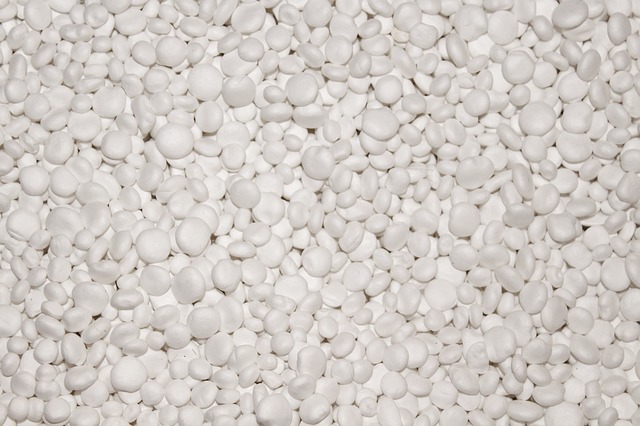This snippet had been taken from “Remodeling on the money 15 Innovative projects Designed to add value to your home” by “Alan J. Heavens”. Insulation is a material that is used to stop the passage of electricity, heat, or sound from one conductor to another. Painters Washington DC, furnishes you with the essential facts about it.
Fast facts on insulation
Tightening up your house against the cold can mean any number of things, but one of the best and often least expensive ways is sealing air leaks and insulating. This prompts the question: What kind of insulation should you use? That depends on your house and all sorts of other factors, such as the following:

First things first: Talk about insulation means talk about R- values. Insulation material has pockets of trapped air that prevent heat from penetrating it. R- Value measures how well the material resists that heat transfer. The higher the R- value, the better the resistance.
Some types are relatively simple for a do- it- yourselfer to handle. Insulating blankets come as batts (Precut pieces) or in rolls, and may have a paper or aluminum- foil facing that acts as a vapor retardant. Blankets are made of fiberglass (spun from molten sand and glass); rock wool, a man- made from iron- ore blast- furnace slag, an industrial waste product. These types can be used in unfinished walls, floors, and ceilings where the spacing is standard 9 studs or joists 16 inches or 25 inches on center), and where there are no obstructions such as water pipes, electrical wiring, or gas lines.
Reflective insulation includes foil- faced paper, polyethylene bubbles, and plastic film. It, too, fits well between studs and joists in unfinished spaces, with the foil- faced polyethylene bubbles most suitable for cavities with obstructions.
Be sure to ask if some other kind of insulation, such as those best installed by professionals, would be better for your home. For example, there is blown- in insulation, which is usually cellulose, a product made of ground- up newspapers treated with boron. Be sure you don’t over insulate with this, however, because the weight of cellulose and the fact that it settles over time means it can cause drywall ceilings to sag.

Increasingly popular is foam insulation. It’s typically made of polyurethane, has high R- values, doesn’t shrink or settle once in place, blocks drafts caused by air infiltration because it conforms to every nook and cranny, and offers a barrier to moisture. Rigid foam insulation, commonly made from fiberglass, polystyrene, or polyurethane, comes in a variety of thickness with insulating values of R- 4 to R- 8 inch. Indoors, it has to be covered with half- inch gypsum board or other building code- approved material for fire safety.
According to an extensive internet search, R- 19 fiberglass batts are running about 41 cents a square foot; R- 38 batts, 86 cents. Cellulose insulation is running 8 cents a square foot uninstalled.
Adding insulation to an attic is relatively easy and cost- effective. To find out if you have enough, the U.S. Department of Energy suggests measuring the thickness of the insulation. If it is less than R-22 (seven inches of fiberglass or rock wool or six inches of cellulose), you could probably benefit by adding more. Most U.S. homes should have between R-22 and R- 49 insulation in the attic.
Don’t use un-faced fiberglass insulation to try to seal air pockets, such as the spaces around plumbing and chimneys. Fiberglass is the material used in furnace filters, meaning that air passes through it. To act as a sealant, the insulation has to be enclosed in something, such as a black or white plastic bag. The paper or aluminum vapor barrier isn’t sufficient to do the sealing job.
Continue reading on Lighting




